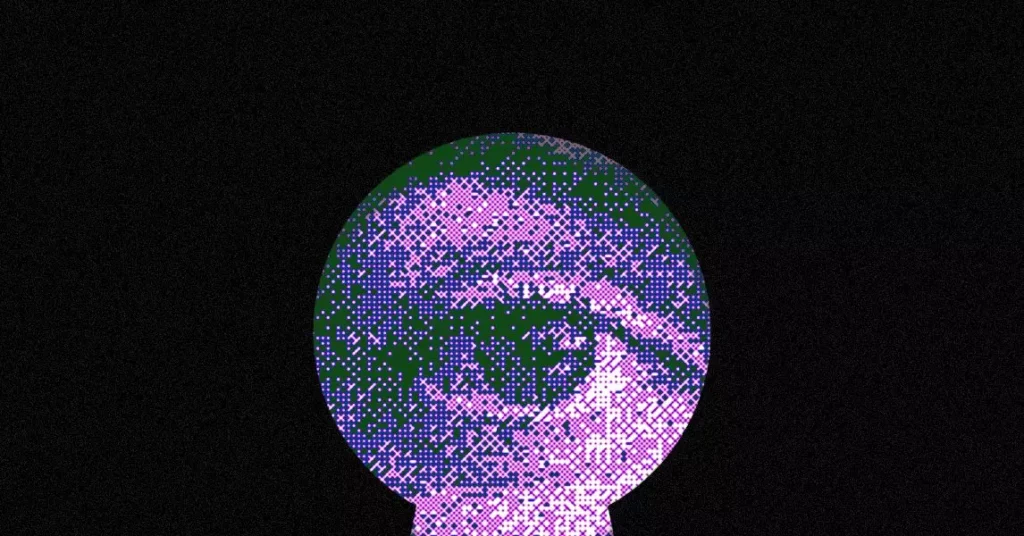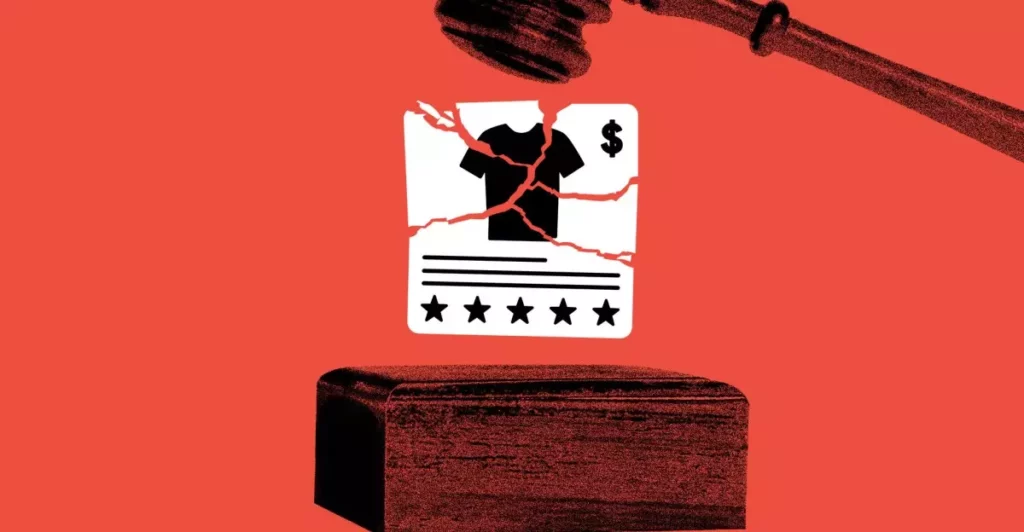Artificial intelligence (AI) is reshaping the landscape of software engineering and cybersecurity, signaling a paradigm shift that cannot be ignored. Once seen as mere tools, AI systems are now pivotal players in identifying vulnerabilities in coding, a feat driven by extraordinary advancements in algorithmic capability. UC Berkeley’s recent research demonstrates that AI is not only identifying flaws in traditional ways but is unearthing weaknesses that even seasoned human developers may overlook. As we bewilderingly stand at the edge of an AI revolution, the implications for cybersecurity are both thrilling and alarming.
The New Era of Vulnerability Detection
Consider UC Berkeley’s research team, which employed CyberGym, a sophisticated benchmarking tool designed to rigorously evaluate AI’s prowess across an astonishing array of 188 open-source codebases. The results are staggering—AI has successfully identified 17 new bugs, with 15 classified as critical zero-day vulnerabilities. The term “zero-day” carries dire connotations, evoking fears among professionals in the cybersecurity field, as these vulnerabilities can be exploited before developers even notice their existence. With the potential for immediate threats lurking in unseen code, this new capability of AI is both awe-inspiring and worrisome.
Dawn Song, a prominent figure in the research, conveyed a critical reality: many of these vulnerabilities can have catastrophic consequences. AI is evolving into a formidable ally in the cybersecurity realm, yet as we celebrate this advancement, we must grapple with the reality that this technological mastery can not only enhance defenses but may also become a double-edged sword.
The Peril of Empowering Malicious Actors
The irony of AI’s trajectory in cybersecurity is that while it promotes the identification of vulnerabilities, it simultaneously equips nefarious entities with tools that can exacerbate these risks. As Professor Song accurately notes, the resources devoted to refining AI models could lead to even better outcomes, but this enhancement can also fuel the fire for malicious actors seeking to exploit these very vulnerabilities. We cannot turn a blind eye to this duality—AI’s ability to uncover flaws can just as easily be turned against its intended purpose.
To illustrate this unsettling paradox, take the example of Xbow, a startup that has catapulted to the top of the HackerOne leaderboard for bug hunting through innovative AI applications. Recently supported by a robust $75 million in funding, Xbow epitomizes the rising tide of reliance on AI in cybersecurity—the very technology designed to safeguard our networks could just as easily be weaponized by those with ill intentions.
The Limitations of AI: A Cautionary Tale
Despite the remarkable successes, the UC Berkeley research underscores AI’s limitations in locating more complex vulnerabilities. This paints a multifaceted picture: AI is a rising star in the domain but is not an infallible guardian. Many sophisticated vulnerabilities remain impervious to its scrutiny. The sobering reality is that as we lean further into AI dependence, we must recognize the necessity for human oversight and intervention.
Security experts, like Sean Heelan, aptly underscore the importance of this balance, utilizing AI’s reasoning skills to discover alarming zero-day vulnerabilities in universally adopted platforms like the Linux kernel. The commendable efforts of Google’s Project Zero further reinforce a transition to AI-fueled security practices. Yet, amid the buoyancy of these achievements, there remains an urgent need for a disciplined approach that encompasses ethical considerations and transparency.
Ethical Considerations and the Way Forward
While the allure of AI in cybersecurity is undeniable, it’s crucial to strike a balance between enthusiasm and caution. The technology that has been developed to protect us must come with stringent ethical safeguards to ensure it isn’t inadvertently weaponized against society. With organizations diving deeper into AI capabilities, there is a pressing requirement to establish robust frameworks to prevent the potential hazards of AI usage.
As the lines blur between vulnerability detection and exploitation, critical questions emerge: How will we maintain oversight in an industry already ensnared in a web of cyber threats? Are we prepared for the repercussions of AI decisions made without human scrutiny? While the evolution of AI in cybersecurity offers exciting prospects, it simultaneously demands that we tread carefully, aware of the formidable challenges that lie ahead. The balance of power in cybersecurity may well hinge on our ability to wield AI responsibly, making the future both exhilarating and fraught with peril.









Leave a Reply